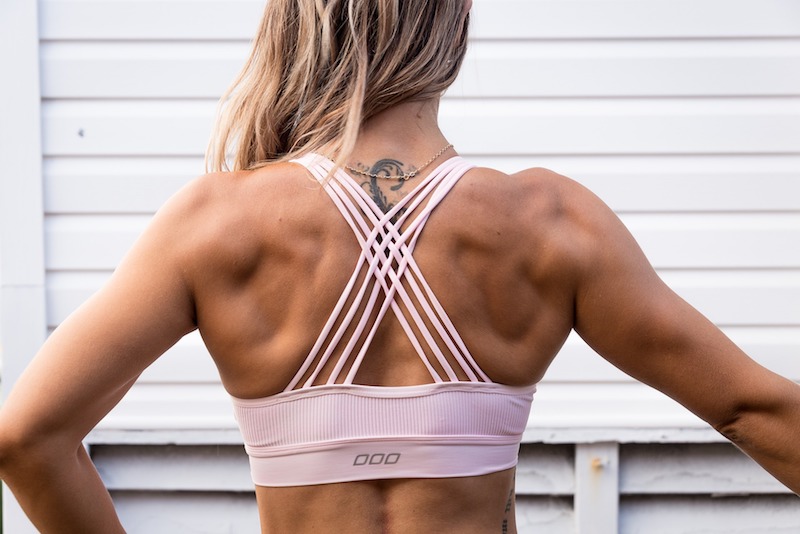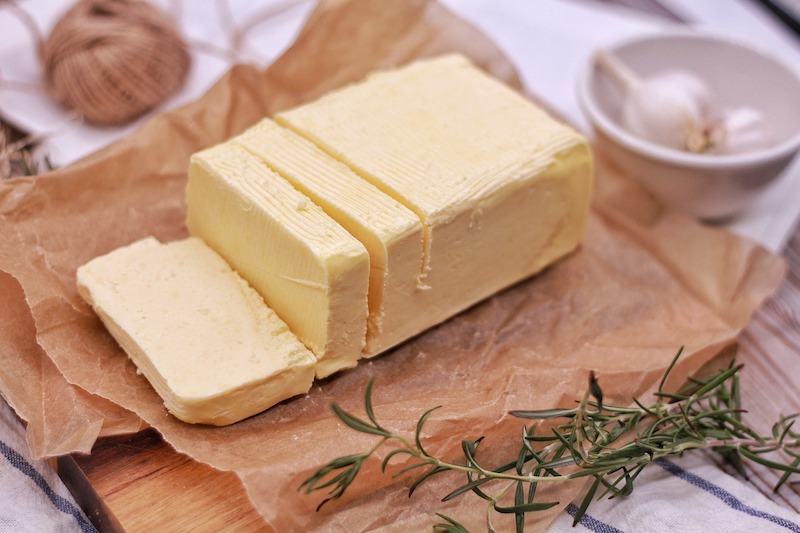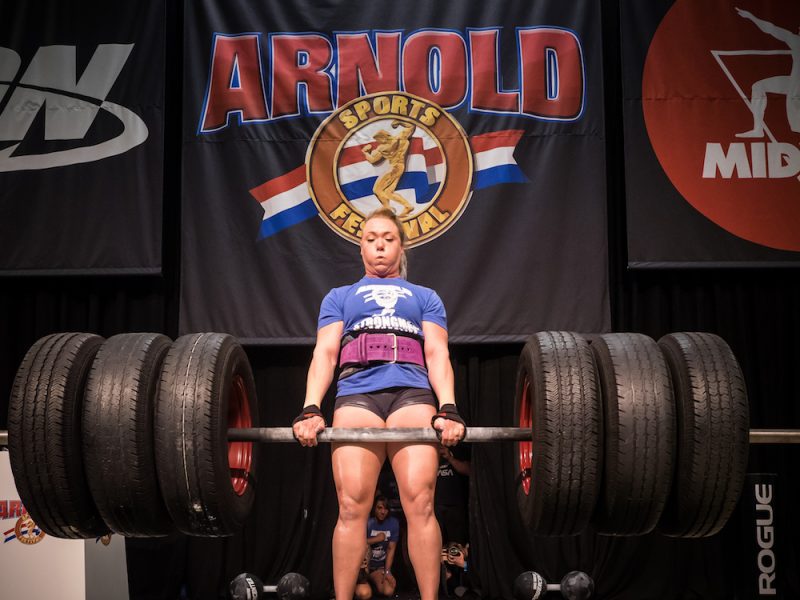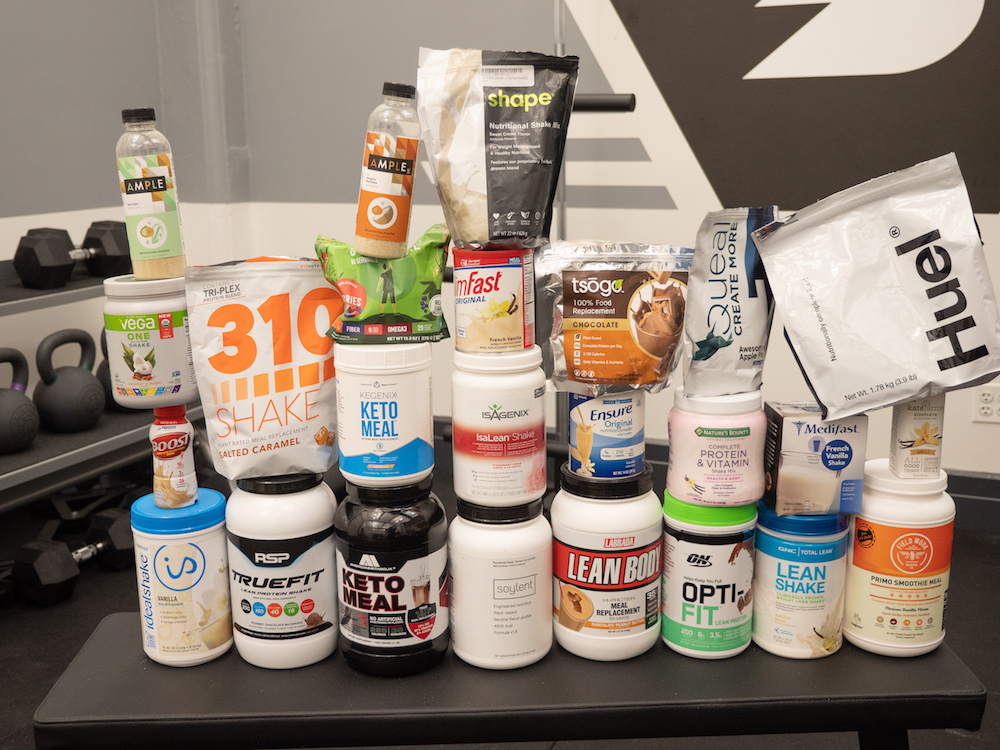Whether you’re a powerlifter or an Olympic weightlifter, if you compete at any level there’s a good chance you’re familiar with the fabled pre-meet cut.
The cycle is like clockwork: spend a few months (or perhaps most of the year) eating a lot, training hard, eating some more, gaining muscle and strength, almost certainly putting on a few pounds of fat while you’re at it — no big deal, it probably helps you get strong — and then when you’re a month or two out from a meet it’s time to cut.
We’re not saying that’s how every athlete does it, but there’s a real tendency to approach meets this way: bulk and cut while keeping as much strength as humanly possible.
In this article we’re going to go deep in your cut: we’ve spoken with celebrated Olympic weightlifting and powerlifting coach Travis Mash of Mash Elite Performance and registered dietitians Sylvia North, MS, RD and Natalie Rizzo, MS, RD to find out how athletes can make the most of their preparation for a meet.
The points we’re going to discuss are:
1. Rethink the “bulk and cut” approach
2. Cut as slowly as you can
3. Individualize your macros
4. Time your deficits to your rest days
5. Don’t neglect micronutrients
6. Reconsider dehydration
7. Refeed strategically
Editor’s note: The content on BarBend is meant to be informative in nature, but it should not be taken as medical advice. The opinions and articles on this site are not intended for use as diagnosis, prevention, and/or treatment of health problems.
1. Consider rethinking that whole bulk-and-cut cycle to begin with
- Gaining weight as you approach your meet may be an option
As a man with a long history of competing and coaching in powerlifting and weightlifting, Mash is plenty experienced with the usual approach to bulking and cutting — and he’s not a fan.
“I like my athletes to actually drop down a weight class early, then build their weight and strength until competition time,” he says. “That way they’re able to eat normally and increase a few calories in the leadup to their meet, which gives them a big boost. This strategy has gotten several athletes to the level of international competitions.”
[Read more: 8 Things You Should Do the Week Before a Powerlifting Meet.]
2. If you are cutting, get as long a run-up as possible
- Gradual weight loss is best for performance
“A longer lead up to a meet is always preferred as it means the athlete doesn’t have to impose drastic caloric restrictions,” says North. “Depending on the person’s body type, a little as a ten percent net caloric deprivation over several months can be enough.”
Advice you often hear from experts is that a pound of weight loss per week — that’s about a 3,500 calorie deficit — is as fast as you can lose fat but there’s no harm in cutting even more slowly if you have the time. This depends on your weight and your body fat percentage, so it’s worth chatting with a sports nutritionist to find out what’s right for you. If first place is your goal, these things need to be dialed in.
3. Find out which macros work best for you
- Learn whether you feel best with a higher fat or higher carb intake
Whether you’ve bought a cookie cutter program online or you’ve got a seasoned coach, there’s a chance you’ve been given a set ratio of macronutrients and calories to consume. The science is relatively solid as far as picking your calories for your weight, activity level, and lean body mass, but when it comes to the best macronutrients, it often comes down to what makes you feel and perform at your best.
“I would say to get in the right amount of protein, about 2 grams per kilogram of body weight, but as far as energy goes, whether you get it from fat or carbs it doesn’t matter as much as people try to make out,” says Mash. “What really matters early on is learning what works best for you. Does eating more carbs make you feel better? Don’t wait til the last four weeks to learn that.”
[Learn more: No Difference Between Low Fat or Low Carb for Fat Loss, Says Study.]
4. Keep your deficit to your rest days
- Eat more when you train, less when you don’t
“The core challenge with nutrition in any cutting phase is that genuine weight loss always comes at the cost of a caloric deficit and relatively reduced energy availability,” says North. “The most important meal to not compromise when cutting is the post-training recovery meal. Many athletes find training fasted can be effective for fat loss. As long as they’re getting their post-workout meal with a source of protein and carbs, this can be a good strategy.”
Especially if you’re doing a more gradual cut, she recommends “diet breaks”: planning your intake so that you’re not in a calorie deficit on training days, a strategy that Mash also employs with his athletes.
“Learn to eat the most around your hardest workouts,” he says. “On Friday, we go hardest on the clean & jerk and on Saturday we go hard on lower body work like squats and pulls. That’s when you increase the calorie intake, then you drop down on Sundays. You don’t have to have the exact same calories on every day, just look at the average over the week.”
5. Don’t forget your micronutrients
- Vitamins and minerals are essential for performance and wellbeing
“Choosing good quality whole foods during a cutting phase is just as important for maintaining strength and resilience,” says North. “We need micronutrients to perform our best, make hormones, and prevent us from getting sick. When caloric intake is compromised, that also means micronutrients intake is also reduced, so aim to consume lots of low-calorie nutrient dense foods like vegetables.”
Instead of taking the scattershot approach of a daily multivitamin, Mash likes his athletes to be better informed as to which nutrients they actually need. His strategy: get a blood test and find out what you’re deficient in.
“Nowadays, if you want to be really good at this sport, you need to really dial yourself in,” he says. “If you’re not, everyone else out there is.”
[Wondering which nutrients are the easiest to miss? Check out 7 micronutrients strength athletes should be mindful of.]
6. Consider your dehydration options
- You may not need to drastically lower water intake
In good conscience, we can’t recommend anybody do the classic water cut. For the uninitiated, this is when the athlete deliberately dehydrates him or herself in the final hours of the weigh-in in a last minute effort to ditch unwanted pounds. It’s not good for you: mild dehydration can easily lead to fatigue, brain fog, headaches, and muscle cramps, plus severe dehydration — which isn’t that uncommon in the weigh in room — can really damage the kidneys.(1)(2)
“I definitely don’t recommend trying to loose a ton of pounds really quickly because most people end up starving and dehydrating themselves,” says Rizzo. “Cutting back on fluid and ending up dehydrated is not only dangerous but it can negatively hurt your performance. It’s extremely important to drink enough fluids so that you’re using the bathroom and your urine is a light yellow color.”
But look, we know people are going to do it anyway. Mash notes that you don’t necessarily need to make your dehydration last for a full day or two as is sometimes the case: he has seen many athletes drop kilograms of weight by stepping into a sauna suit instead, and his favorite way to lose weight is super unusual: sour candy.
“If you can avoid doing the water thing I would, but a big, easy trick is sour candy, specifically Sweetarts, that is the money one,” he says. “I’ve lost over three pounds in a really short amount of time with these. The sourness of the candy makes you salivate a huge amount. You can’t eat them, though, you swish them around your mouth and spit.”
7. Rehydrate and refeed strategically
- Meal replacement shakes and/or easy to digest foods are best after weigh in
Once you’ve passed the weigh in, it’s tempting to eat. And eat. And eat. But remember to slowly reintroduce fluids and calories to your system to avoid indigestion. Many athletes have luck by starting off with sipping meal replacements that emphasize electrolytes.
“When I was competing, I would use a lot of meal replacements that contain carbs, protein, and fat, instead of the whole “eat candy” thing that a lot of people seem to like,” he says. “Your body is used to going into training mode after it’s had protein, carbs, and fats, so I think that’s a better idea. A meal replacement and some rice is a great bet.”
[Know your options: Check out BarBend’s 10 best reviewed meal replacements on the market!]
The Takeaway
It can be hard to unlearn some of the lessons that many of us have been taught about meet day since before we even began training. But bulk, cut, dehydrate, and pound donuts throughout your meet isn’t always the right option for everyone. Learn your options and make the right decision for your own needs.
References
1. Armstrong LE, et al. Mild dehydration affects mood in healthy young women. J Nutr. 2012 Feb;142(2):382-8.
2. Feehally J, et al. Effects of acute and chronic hypohydration on kidney health and function. Nutr Rev. 2015 Sep;73 Suppl 2:110-9.
[They aren’t magic, but some have success with fat burner supplements. Check out our picks for the best women’s fat burner supplements.]




